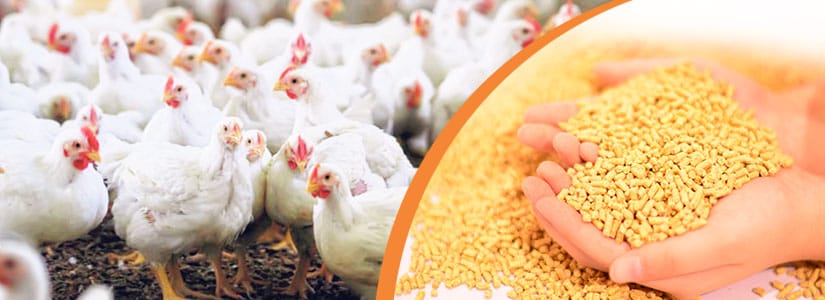Please use vitamins scientifically when feeding chickens

When chickens have a stress response (such as vaccination, transfer, etc.), 10% more vitamin A, vitamin E, vitamin D, and vitamin C should be added.
When chickens have chronic diseases (such as chronic respiratory diseases), 10% more vitamin A, vitamin E, and vitamin C should also be added.
Adding 5% more vitamin A1 to broiler feed can increase feed returns and help speed up the growth and development of chickens; for chicks, the lower the vitamin A content in feed, the lower the incidence of coccidiosis in chickens. The higher it is, so when chickens suffer from coccidiosis, 20% more vitamin A, vitamin K, and vitamin C should be added to the feed.
When chickens suffer from fatty liver syndrome, add 5% choline chloride and 10% more multivitamins.
In the hot summer, 2% more vitamin C should be added to chicken feed to improve disease resistance, lower body temperature, improve production performance, and reduce stress response.
Laying hens should add 2% more vitamin B2 during the peak period of egg production; in order to increase the hardness of the eggshell, in addition to 2% more calcium in the feed, 2% more vitamin A should be added , Vitamin C.
When pullorum and coccidiosis occur in chickens, double the amount of multivitamins should be added to the feed.
When a certain type of vitamin deficiency occurs in chickens, the amount of vitamins added in the feed should be three times the normal amount.
The amount of vitamins added in the feed for young chickens and breeders should be twice the normal amount.
Generally speaking, caged chickens need to add 10% more multivitamins to the feed of free-range chickens.
If the feed is used for too long (more than one month), 5%-10% more multivitamins should be added to make up for the loss of vitamins.
[More info about chicken feed]
1.Formulas for broiler chicken feed pellet
2.How much energy and protein are needed in chicken broiler feed pellets?
3.Protein and amino acid in chicken broiler pellet feed formula
4.How to reduce broken eggs and make money for layer chicken farms?
5.How to make chicken feed pellets with sawdust?
6.Points that should be paid attention to when using additives in poultry chicken feed
7.What additives should be added to chicken feed in cold season?
If you want to built one complete pellet production line in your country, pls send the inquiry to us. We will customized design according to your requirement.



